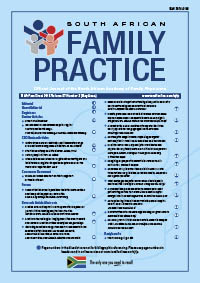Risk taking behaviour among urban and rural adolescents in two selected districts in Mala sia
Keywords:
Risk taking behaviour, adolescent, rural, urban.
Abstract
Background: Risk taking behaviour refers to the tendency to engage in behaviours that have the potential to be harmful or dangerous, which has become a major concern and is rated as one of the public health issues that need special attention. The objective of the study was to compare the prevalence of risk taking behaviour and its associated factors among urban and rural adolescents. Methods: A comparative cross-sectional study was conducted among 306 adolescents by multistage sampling from two selected schools with involvement of their parents. Results: The prevalence of risk taking behaviours was 81.7% in the urban and 83.7% in the rural area (p = 0.650). Parental background factors such as parent’s education level, marital status, health status, and income were unrelated with risk taking behaviour among adolescents. The multiple logistic regression test showed that being a male (AOR = 4.55, 95% CI = 2.28–9.07), inadequate number of bedrooms (AOR = 11.54, 95% CI = 1.48–89.75), and presence of family conflict (AOR = 3.64, 95% CI = 1.49–8.89) were the predictors among adolescents for risk taking behaviour in rural areas. Conclusion: The absence of a balanced healthy family and conducive environment would lead to a negative influence towards adolescent behaviour, which may affect both the individual and community. (Full text available online at www.medpharm.tandfonline.com/ojfp) S Afr Fam Pract 2015; DOI: 10.1080/20786190.2014.977048
Published
2015-07-10
Section
Research Articles
By submitting manuscripts to SAFP, authors of original articles are assigning copyright to the South African Academy of Family Physicians. Copyright of review articles are assigned to the Publisher, Medpharm Publications (Pty) Ltd, unless otherwise specified. Authors may use their own work after publication without written permission, provided they acknowledge the original source. Individuals and academic institutions may freely copy and distribute articles published in SAFP for educational and research purposes without obtaining permission.

